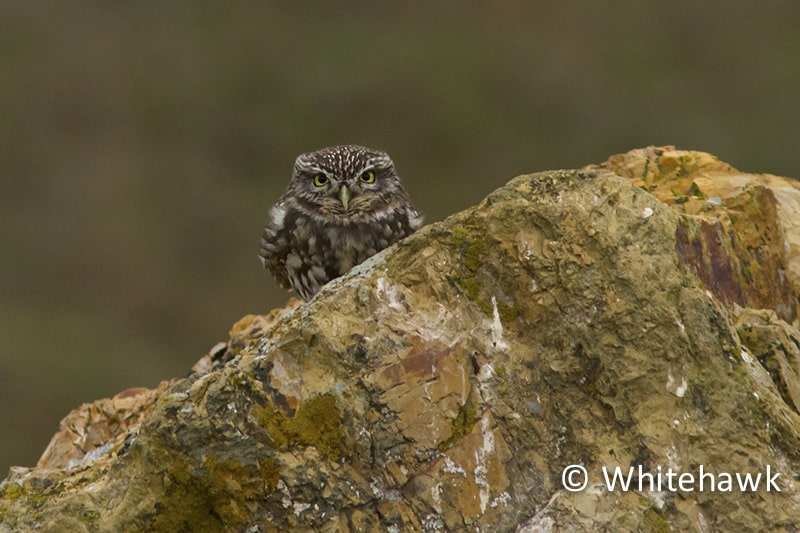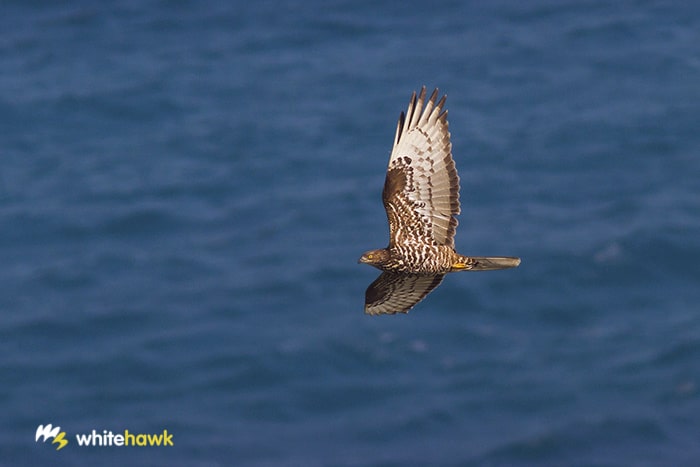
Right after we picked up our first guests, Kitty and Marshal, in Malaga, we headed to the Strait of Gibraltar. Here, we would begin our Morocco Migration from the Other Shore Tour. During the tour, we would be able to see one of Nature’s greatest shows, the migration of hundreds of thousands of raptors and other gliders that cross the 15km that separate Europe from Africa.
Malaga-Tarifa
During the Malaga-Tarifa trip we observed Honey Buzzard, Montagu’s Harrier and Booted Eagle, in active migration. We made a stop in Algarrobo, one of the best places to observe the migration in the Straight. There we added a few gliders to our list: Black Stork, Griffon’s Vulture, Short-toed Snake Eagle, Eurasian Sparrohawk, Eurasian Marsh-harrier, and a beautiful Rupell’s Vulture. Also as impressive was the migration of smaller bird species, such as the European Bee-eater, Pallid, Common and Alpine swifts, and several species of swallows.
The following morning we went very early to the Los Lances Beach. This is a “must” for the ornithologists that visit the area. We can find many species here. Audoin’s Gull, Common and Sandwich Tern, Northern Gannet, Common Flamingo, several species of shorebirds. Additionally, it is used by some migrating passerines migrating such as Northern Wheatear, Whinchat, and Red-rumped Swallows.
The rest of the morning was spent in migration observatories. There we enjoyed seeing greater numbers of Black Kites, Short-toed Snake Eagles, Black Storks, Egyptian Vultures, Griffon Vultures, and a few Rupell’s Vultures.

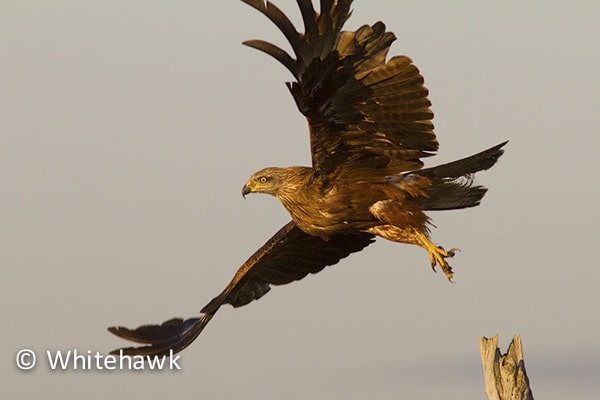 Black Kite
Black KiteOur next destination was the La Janda’s Lagoon. This is an old lagoon that was dried out in the mid 1900’s, but that still conserves some interesting birds. During this visit we saw Booted Eagles, Lesser Kestrels, Black-winged Kites, huge flocks of White Storks, Glossy Ibis, and a great variety of passerines like the Common Redstarts, Whichats and Sardinian Warblers.
Arriving in Morocco
The next day, after a hearty breakfast, we followed the lead of the birds we had observed the day before, and headed to Morocco. During the ferry ride across the strait, we were able to see a few Cory’s Shearwaters and Northern Gannets and even an Eurasian Marsh Harrier crossing.
On our first day on the African continent, we explored the area around what would be our base for the next two nights – the coastal city of Asilah. Here, we were able to enjoy watching some of those species typical of the region. These include Long-legged Buzzard, Lanner Falcon, Black-winged Kite, Barbary Partridge, Garden Bulbul and African Blue Tit. The first night we made sure we rested well. The next day promised to be full of excitement. After all, a visit to Morocco’s two most important wetlands is an unforgettable experience – even for the most jaded traveler.
Loukkos River
In the morning, we headed to the salt marshes along the Loukkos River, close to Larache. Despite the strong human presence nearby, this area still maintains a rich community of avifauna and some well conserved wetlands. Here, species occur in such large numbers that would be unthinkable to find anywhere else.
We saw hundreds of Marbled Teals and Ferruginous Ducks, Red-crested Pochard, Little Crake, Greater Flamingo, Eurasian Spoonbill, Glossy Ibis, Squacco Heron, Black-crowned Night Heron, Osprey, thousands of different species of shorebirds, Little Tern, Caspian Tern, European Turtle-Dove, Common Kingfisher and many species of passerines such as the Moustached Warbler, which still maintains a healthy population here.
Merja Zerga Lagoon
In the afternoon we visited the mythical Merja Zerga Lagoon, practically the last stronghold for the Marsh Owl in the Paleoarctic. Here, we met up with our friend Khalil, who would be our guide this afternoon and the following morning. We first made a stop at the beach, where we saw a Lesser Crested Tern. After that, we headed to the southern end of the lagoon where, with very little effort, we managed to see 12 Marsh Owls!!!

The following morning we met up once again with Khalil and took a boat tour of the lake. It was an unforgettable experience. We saw thousands of shorebirds and counted more than 20 species. We also saw some birds that would be a treat for any birder such as: Greater Flamingo, Great Egret, Osprey, Peregrine, Slender-billed Gull, Audouin’s Gull, Mediterranean Gull, Caspian Tern, Little Tern or Black Tern.
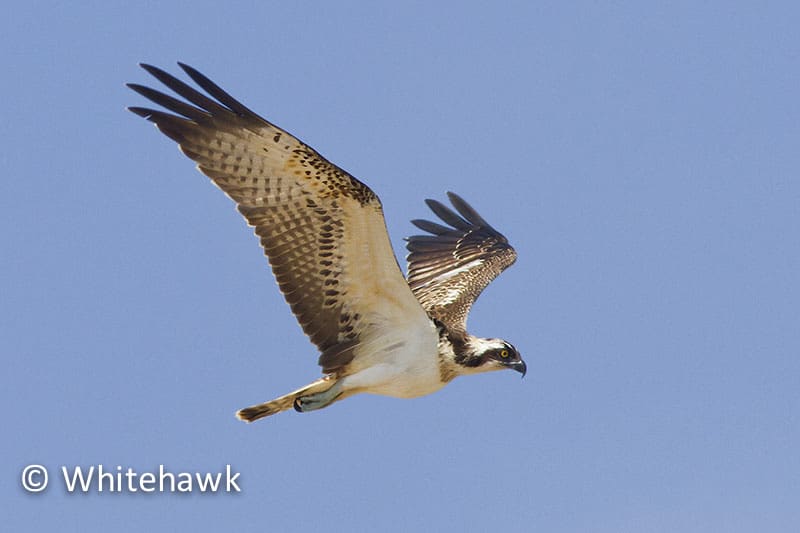
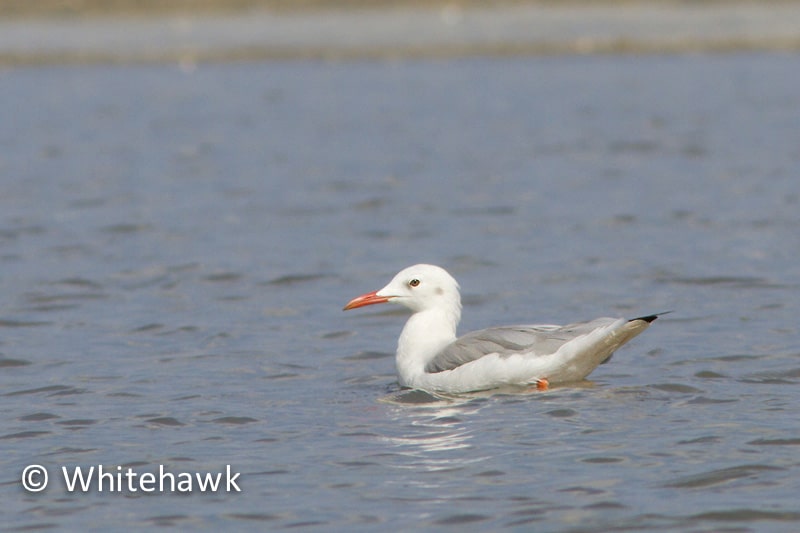
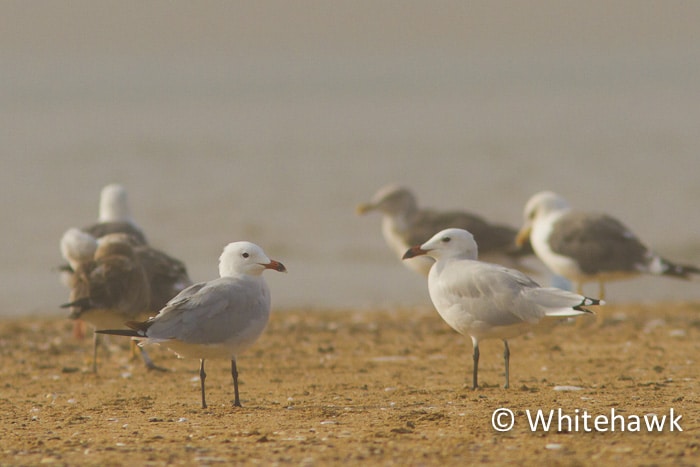
Sidi Bourghaba Wetland
After lunch, we said goodbye to Khalil and headed to our next destination – the Sidi Bourghaba wetland. This lagoon is just south of Kenitra and is one of the best conserved wetlands in all of Morocco. Here, there is an observatory and an interesting musuem. This site is special for many reasons, among which it is one of the few places in the Palearctic where we could see the Red-knobbed Coot, Ferruginous Duck, Marbled Teal and White-headed Duck all with only one look through our binoculars. This, of course, put a smile on everyone’s face.

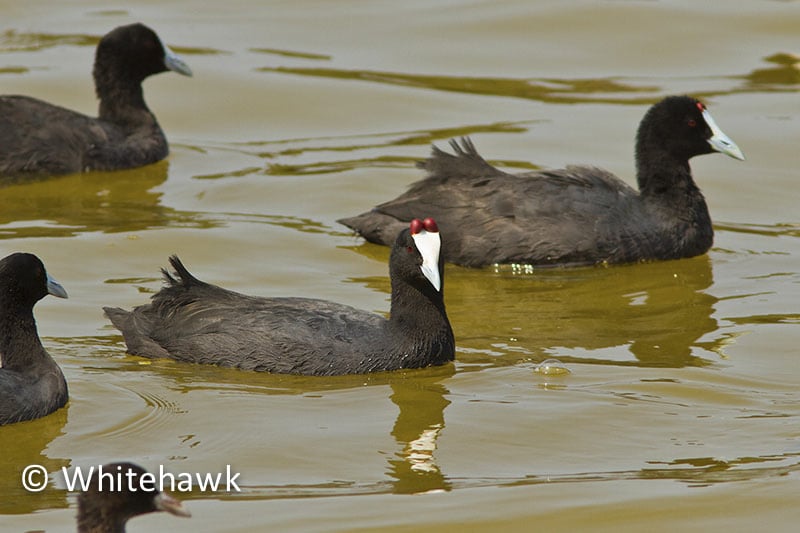 Red-knobbed Coot
Red-knobbed CootThis is also a good place to observe Eleanor’s Falcons on the hunt! Watching their aerobatic flights after dragonflies made us feel like kids again. Other important species found here include: Great Cormorant “maroccanus”, Lanner Falcon, Long-legged Buzzard, Black-winged Kite, Eurasian Hobby, Purple Swamphen and many forest passerines such as African Blue Tit, Great tit, Spotted Flycatcher or European Serin.
Cork Forests
After a restful night in Morocco’s capitol, Rabat, we made our way to the country’s interior to visit a well-conserved area where remnants of what was once the largest cork tree forest still remain intact. This is the only place in the Paleoarctic to see one of any birder’s most sought after species, the Double-spurred Francolin. Though this is not an easy bird to find during this time of year – spring is much easier, when its characteristic call helps to reveal its location usually deep within the vegetation – we were lucky enough to see a small flock flush up when we passed by. We heard several Black-crowned Tchagras calling. Other species we saw in the area were: Black-winged Kite, Long-legged Buzzard, Barbary Partridge, African Blue Tit, Stock Pigeon and the north African subspecies of Eurasian Magpie.
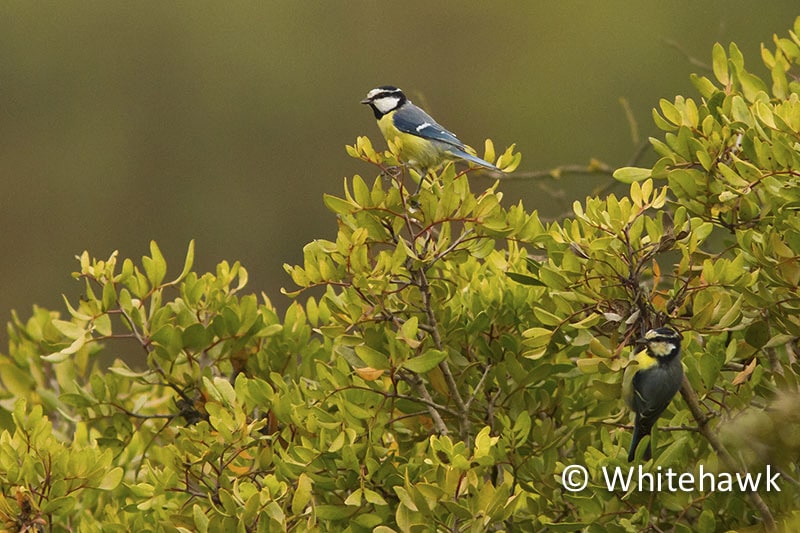
 After an exciting morning, we headed to Chefchaouen, a quaint mountain village that we reached after several hours of driving past some truly beautiful landscape. On a short excursion before breakfast we were able to add several new species of passerines to our list such as the White-throated Dipper, Grey Wagtail or the Eurasian Wren.
After an exciting morning, we headed to Chefchaouen, a quaint mountain village that we reached after several hours of driving past some truly beautiful landscape. On a short excursion before breakfast we were able to add several new species of passerines to our list such as the White-throated Dipper, Grey Wagtail or the Eurasian Wren.
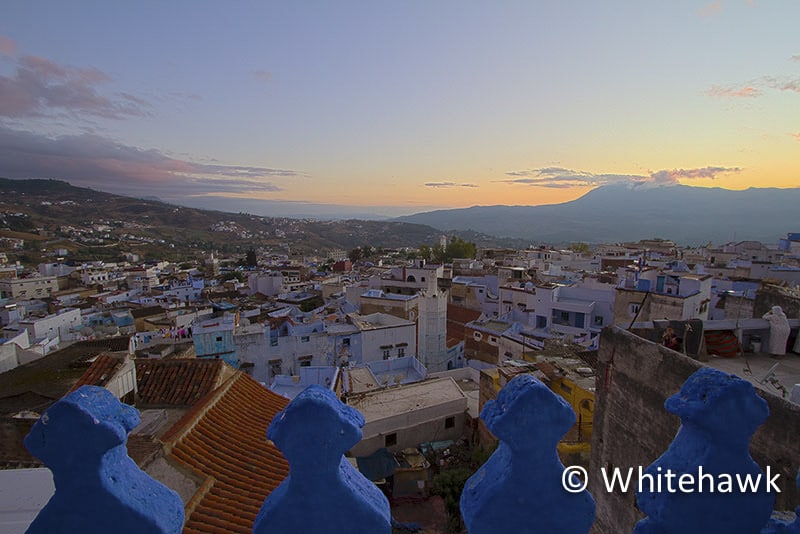
-
Raptor Migration
- This was our last day on Moroccon soil. And we wanted to end the trip with a bang! So, we headed north, toward the Moroccan coast along the Strait. There, we watched the awe inspiring migration of raptors – we saw many species soaring low above the horizon, heading toward Spain. We saw hundreds of Booted Eagles, Short-toed Eagles and Black Storks.
We concluded our trip with a visit to some key observation points. From these, we watched raptor migration at its height. Finally on our way back to Málaga we made a stop at the mouth of the Guadalhorce. This is a site of great interest for any ornithologist. It is situated just outside of this large city. Here, we were able to add more species to our list, such as the Little Bittern and the Eurasian Hoopoe.
Our Morocco Migration from the other shore tour was a wonderful experience! We visited two countries, enjoyed two very different cultures, and saw 160 species of birds. I hope you will join us on one of our trips very soon!
